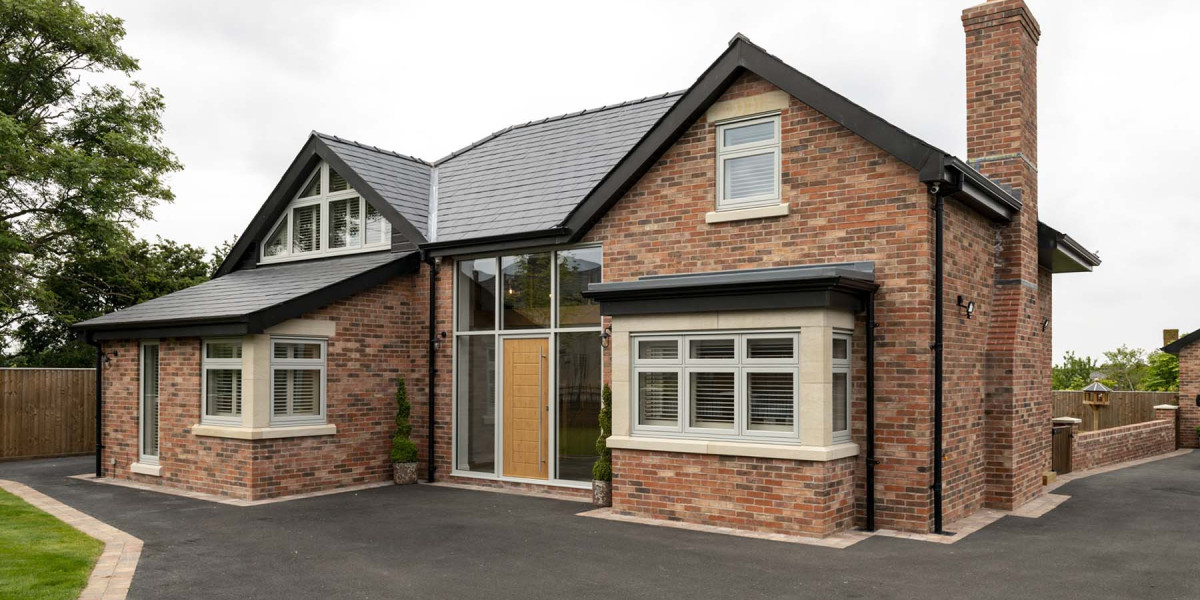In recent years, the window installation industry has seen significant advancements, particularly with the integration of smart technology and automated systems. These innovations not only enhance the efficiency of the installation process but also improve the functionality and energy efficiency of windows themselves. This article delves into the latest developments in window installation, highlighting the benefits of smart windows and the use of automation technologies.
The Evolution of Window Technology
Traditionally, window installation involved manual labor, requiring skilled workers to measure, cut, and fit windows into existing frames. This process was often time-consuming and prone to human error. However, with the advent of smart technology, the landscape of window installation is changing. Smart windows are designed to actively manage solar heat gain and light transmission, adapting to environmental changes and user preferences. These windows can significantly reduce energy costs and improve indoor comfort, making them an attractive option for homeowners and builders alike.
Smart Windows: A Game Changer
Smart windows utilize advanced materials and technology, such as electrochromic or thermochromic glass, which can change their tint in response to temperature, light, or electrical signals. This ability to control the amount of sunlight and heat entering a building leads to improved energy efficiency. For instance, during hot summer months, smart windows can darken to reduce glare and heat build-up, while in winter, they can allow more sunlight to warm the interior. This dynamic capability not only enhances comfort but also reduces reliance on heating and cooling systems, leading to lower energy bills.
Furthermore, smart windows can be integrated with home automation systems, allowing users to control them via smartphone apps or voice commands. This level of control means that homeowners can adjust their windows based on the time of day, weather conditions, or personal preferences, further optimizing their energy use and comfort.
Automation in Window Installation
In addition to the advancements in window technology, the installation process itself has also benefited from automation. Automated systems are now being developed to streamline the measurement and fitting of windows, reducing the time and labor involved in installations. For instance, laser measurement tools can accurately assess window openings, ensuring precise dimensions for custom-fit windows. This technology minimizes errors that could lead to costly rework or material waste.
Moreover, robotic systems are being designed to assist with the physical installation of windows. These robots can handle heavy lifting, positioning, and securing of windows, which not only speeds up the installation process but also enhances safety by reducing the risk of injury to workers. With the help of automated systems, window installation can be completed more efficiently, allowing contractors to take on more projects and ultimately increasing their profitability.

Enhanced Training and Skill Development
As automation and smart technology become more prevalent in the window installation industry, there is a growing need for skilled workers who can operate and maintain these advanced systems. Training programs are evolving to incorporate new technologies and https://innovation4growth.co.uk/how-hiring-an-apprentice-on-a-uk-government-scheme-benefited-ideal-glass-a-case-study/ techniques, ensuring that installers are equipped with the knowledge and skills necessary to work with smart windows and automated installation systems. This focus on education and skill development is crucial for the industry's future, as it prepares the workforce to adapt to the changing landscape.
Sustainability and Environmental Impact
The integration of smart windows and automated installation processes also aligns with the increasing emphasis on sustainability in the construction industry. Smart windows contribute to energy efficiency, reducing the carbon footprint of buildings. Additionally, the use of automated systems can lead to more efficient use of materials, reducing waste during the installation process. As consumers become more environmentally conscious, the demand for sustainable building practices is likely to grow, further driving the adoption of these technologies in window installation.
Challenges and Considerations
While the advancements in window technology and installation methods are promising, there are challenges that need to be addressed. The initial cost of smart windows and automated systems can be higher than traditional options, which may deter some homeowners from making the investment. However, it is essential to consider the long-term savings on energy bills and the potential increase in property value that these technologies can provide.
Furthermore, as with any new technology, there is a learning curve associated with smart windows and automated installation systems. Homeowners and contractors must be willing to invest time in understanding how to effectively use and maintain these products to maximize their benefits.
The Future of Window Installation
Looking ahead, the future of window installation is poised for further innovation. As technology continues to advance, we can expect to see even more sophisticated smart windows that can monitor and adjust their performance in real-time. Additionally, the integration of artificial intelligence and machine learning could lead to more intuitive home automation systems that anticipate user needs and preferences.

The window installation industry is also likely to see continued growth in the use of prefabricated window units, which can be manufactured off-site and quickly installed on location. This approach not only speeds up the construction process but also allows for greater quality control during manufacturing.
Conclusion
The advancements in window installation, driven by smart technology and automation, represent a significant leap forward in the industry. With the ability to enhance energy efficiency, improve comfort, and streamline the installation process, these innovations are transforming how windows are designed, manufactured, and installed. As the industry continues to evolve, it will be essential for homeowners, builders, and contractors to embrace these changes and adapt to the new opportunities they present. The future of window installation is bright, and those who invest in these advancements will likely reap the benefits for years to come.






